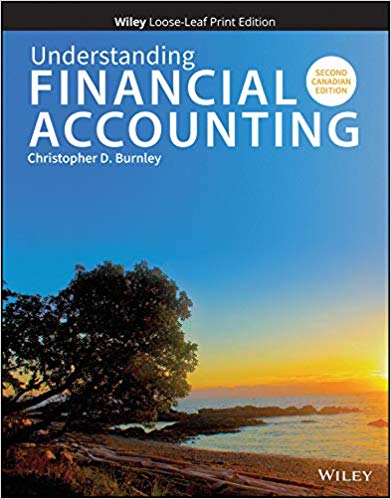Answered step by step
Verified Expert Solution
Question
1 Approved Answer
When looking at two different companies, which one would make the better option to acquire and which company would make a suitable partner for a
When looking at two different companies, which one would make the better option to acquire and which company would make a suitable partner for a merger (if any).
Help to compute the following ratios for each company:
- Profit Margin Ratio
- Return on Assets
- Current Ratio
- Quick Ratio
- AR Turnover Ratio
- Average Collection Period
- Inventory Turnover Ratio
- Average Sales Period
- Debt to Equity Ratio
Please help to:
- Compute all required amounts and explain how the computations were performed
- Evaluate the results for each company and explain what each ratio means
- Compare and contrast the companies.
Based on your analysis:
- recommend which company the organization should pursue
- Thoroughly support your conclusion, including what other factors should be considered
- Be specific.

Step by Step Solution
There are 3 Steps involved in it
Step: 1

Get Instant Access to Expert-Tailored Solutions
See step-by-step solutions with expert insights and AI powered tools for academic success
Step: 2

Step: 3

Ace Your Homework with AI
Get the answers you need in no time with our AI-driven, step-by-step assistance
Get Started


